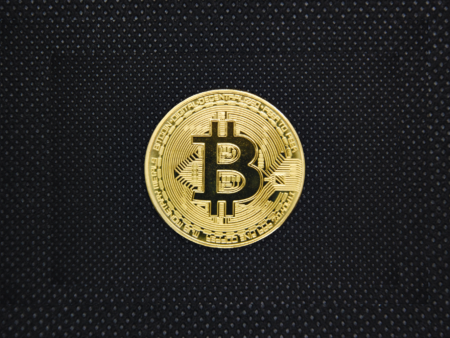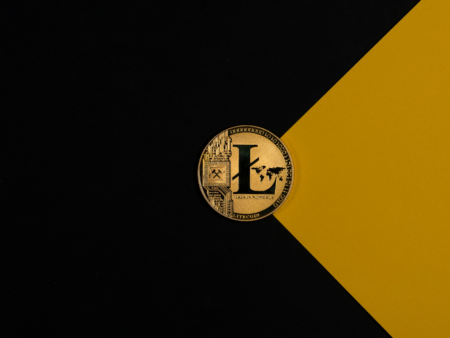Explore PayPal’s fresh cryptocurrency stablecoin features and effects, alongside other major stablecoins.
In a long-awaited and hotly debated move, PayPal has now unveiled its cryptocurrency stablecoin in collaboration with Paxos. The introduction of PayPal’s crypto stablecoin has sparked questions about its capacity to freeze assets and regulate the value of addresses against a background of escalating regulatory scrutiny, particularly with relation to rival Paxos stablecoins like Binance USD.
This article explores the characteristics of PayPal’s stablecoin, how it differs from other stablecoins like Circle’s Tether (USDT) and USDC, and what these characteristics mean.
The new stablecoin from PayPal and Paxos can be used to freeze assets and delete the value of crypto addresses
The capability of PayPal’s stablecoin to freeze assets and wipe the value from addresses is one of the most talked-about and important features that has drawn the attention of Twitter users and cryptocurrency aficionados.
With the help of this capability, the business can stop the transfer of specific tokens and destroy assets located at particular addresses.
Stablecoins may use different language, but the fundamental idea is the same: the ability of a centralized authority to exert control over the movement of tokens.
The stablecoin industry is not new to the technique that PayPal’s stablecoin employs. One of the most popular stablecoins, Tether, uses a redlist to stop token transfers.
The “addBlackList” function on Ethereum’s blockchain was used to enable this functionality, which essentially prevents tokens linked to designated addresses from moving.
In instances of fraud and security breaches, Tether has aggressively used this functionality to effectively freeze assets and shield users from fraudulent activity.
Similar to this, Circle, another stablecoin competitor, uses redlists to limit token transfers.
According to recent data, Circle has redlisted a significant number of addresses on the Ethereum network, illustrating its proactive approach to watching token transactions and stopping potential abuse.
Future Stablecoin problems could learn from Tether’s experience
The history of Tether provides insightful information about the possible effects of centralized control over stablecoins. Controversy erupted when Tether decided to cause a hard fork of Bitcoin’s Omni layer in order to add the ability to freeze tokens.
This action emphasized stablecoin’s centralized character and prompted concerns about whether it was compatible with the decentralized ideals that underlie the majority of cryptocurrencies.
The cryptocurrency community’s distrust was further reinforced by Tether’s transparency problems, which included the difficulties of effectively accounting for tokens and assets.
Although some people might find PayPal’s stablecoin interesting, it’s crucial to understand that its functionality and design are commonplace in the Paxos ecosystem.
Similar features are also included in other Paxos stablecoins like Pax Dollar, enabling centralized management of token movement and value manipulation.
This shows that PayPal’s stablecoin does not use a new technique, but rather adopts a standard procedure used by other Paxos stablecoins.
An examination of the Paxos business
The 2012-founded blockchain and cryptocurrency business Paxos has become a major player in the quickly changing world of digital banking.
It is famous for its ground-breaking solutions that link blockchain technology’s decentralized nature with conventional financial systems.
Paxos focuses on creating platforms and technologies that enable the secure and transparent transfer of assets, including money and digital tokens, in an efficient manner.
Stablecoins are one of Paxos’ most important contributions. A stablecoin is a subclass of cryptocurrency that is tied to a reserve asset, such as a fiat currency like the US dollar, in order to sustain its value over time.
One of the first regulated stablecoins, Paxos Standard (PAX) is backed fully by US dollar deposits and is routinely audited to ensure transparency and stability.
Additionally, Paxos provides services like Paxos Crypto Brokerage, which gives institutional investors access to digital assets while assuring regulatory compliance.
Financial institutions, businesses, and individuals who want to work with blockchain-based assets have come to trust the company’s solutions because of their dependability and adherence to industry standards.
Additionally, Paxos runs the itBit exchange, which was among the first legally permitted cryptocurrency exchanges in the US. This exchange offers customers a secure environment to purchase, sell, and store digital assets while acting as a platform for the trading of different cryptocurrencies.
Paxos’ development has been characterized by a dedication to bridging the gap between established financial systems and cutting-edge blockchain technologies.
Paxos has made a significant contribution to the development of the cryptocurrency ecosystem and the wider usage of blockchain in financial services by developing secure and dependable platforms for issuing and exchanging digital assets.
In the end: The well-known centralization narrative
Although keenly awaited, PayPal’s stablecoin launch has raised questions about its capacity to freeze assets and regulate the value of tokens within addresses.
Although this feature has caused some controversy within the crypto community, it is not unusual in the stablecoin market.
Similar defenses against fraud and scams have already been implemented by Circle and Tether, respectively. Lessons from Tether’s past serve as a reminder of the dangers of centralizing cryptocurrency management, which might go against the fundamental ideas of decentralization.
In the end, the launch of PayPal’s stablecoin contributes to the ongoing discussion about how to strike a balance between security, decentralization, and regulatory compliance in the world of digital currencies.
Users and authorities must closely evaluate the effects of such decisions on the future of digital money as the bitcoin market changes.












